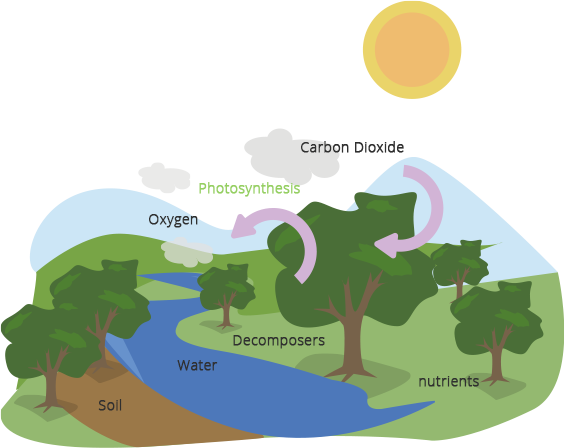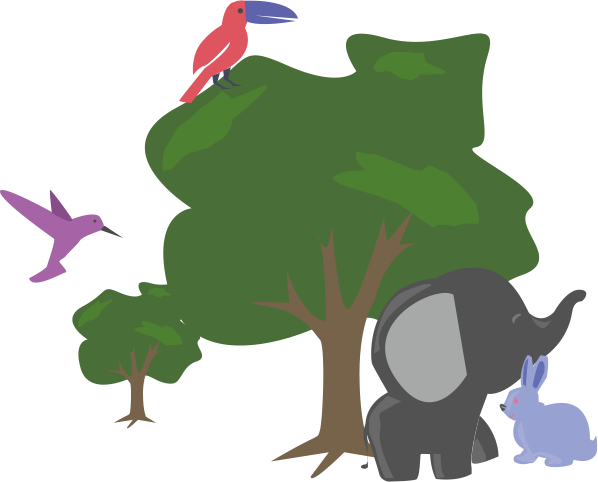Class 7 Science NCERT Exemplar Solutions Chapter 17 Forests : Our Lifeline
FAQs on NCERT Exemplar for Class 7 Science Solutions Chapter 17 Forests : Our Lifeline
1. Where can I find Solutions to NCERT Exemplars for other Chapters of Class7?
Here at Vedantu, we do our best to curate the simplest solutions for students to easily understand them for all the chapters of Class 7 Science. You can find solutions to NCERT Exemplars for all chapters for Class 7 Science here. These solutions are curated by expert Science teachers according to the latest guidelines given by NCERT (National Council of Educational Research and Training). Students can find solutions to NCERT exemplar for other subjects too. NCERT exemplar for Class 7 Science Solutions for Chapter 17 forest, will help you revise the complete syllabus which will help your performance.
2. Do Forests help in preventing Floods?
Forests do significantly reduce the damages that happen from floods. Forest is a natural absorber of rainwater and allows the rainwater to seep into the ground. Forests retain the excess water, hence preventing extreme run-offs and reducing the damage that might have happened without forests. Tall trees in the forest slow down the movement of rain, with the use of their roots and leaves. Not only that, but forests can also help to mitigate the ill effects of droughts, by releasing the water stored during floods.
3. What are Decomposers? What is their role in making forests free of waste?
As the name suggests, Decomposers are the organisms that decompose everything in their vicinity to get nutrients. Decomposers convert all the dead organisms like plants and animals into humus. Humus then can be used as fertilizers by the plants in the forest. Hence making the forest void of any waste as these organisms called Decomposers, break down all the waste material into useful fertilizer to be used by the plant life present in the forest. Examples of decomposers can be beetles and grubs.
4. Define How Forests are our Lifeline?
Forests are said to be our Lifeline due to the reasons listed below:
Most important of all, the Forest provides us with Oxygen, Which keeps us alive.
Forests provide many resources such as medical herbs, woods, spices and gum.
Forests mitigate the damages done by Floods by holding water in them.
By releasing the water stored during the floods, forests help fight droughts.
Forest reduces pollution and counters global warming by absorbing unnecessary carbon dioxide.
Forest also prevents fertile soil from eroding out in the rains.
5. Explain Forest's role in maintaining the Oxygen levels in the atmosphere?
Many times, forests are referred to as a natural air purifiers. Forests clean the atmosphere by consuming carbon dioxide and releasing oxygen. Plants and trees need carbon dioxide to prepare their food and release oxygen as a byproduct of the consumption of their food. And hence, by releasing oxygen into the atmosphere, they maintain Oxygen levels for us (Humans) to breathe. That’s also why we need to preserve our forests from depleting out. As it can be disastrous for our survival.


























